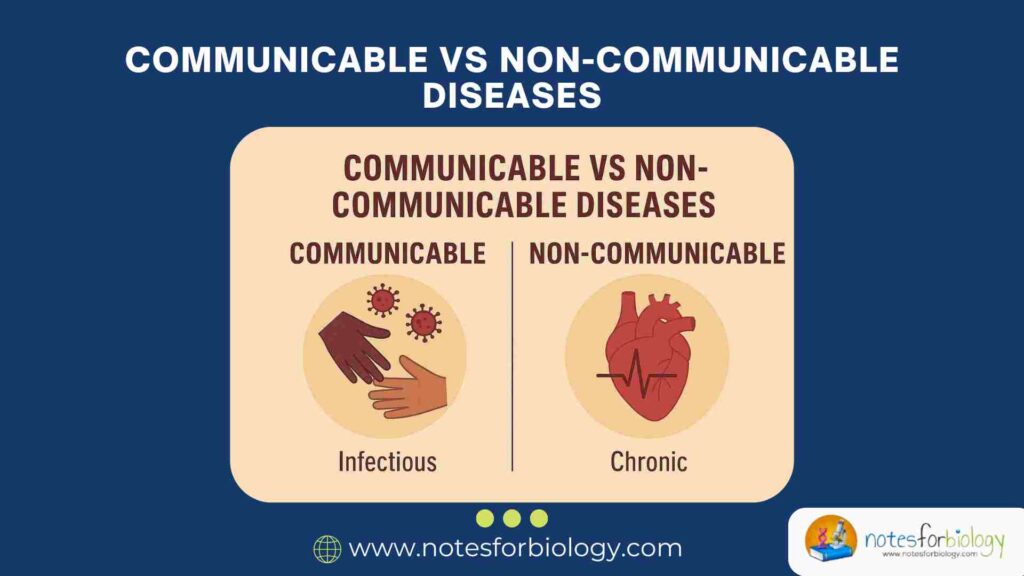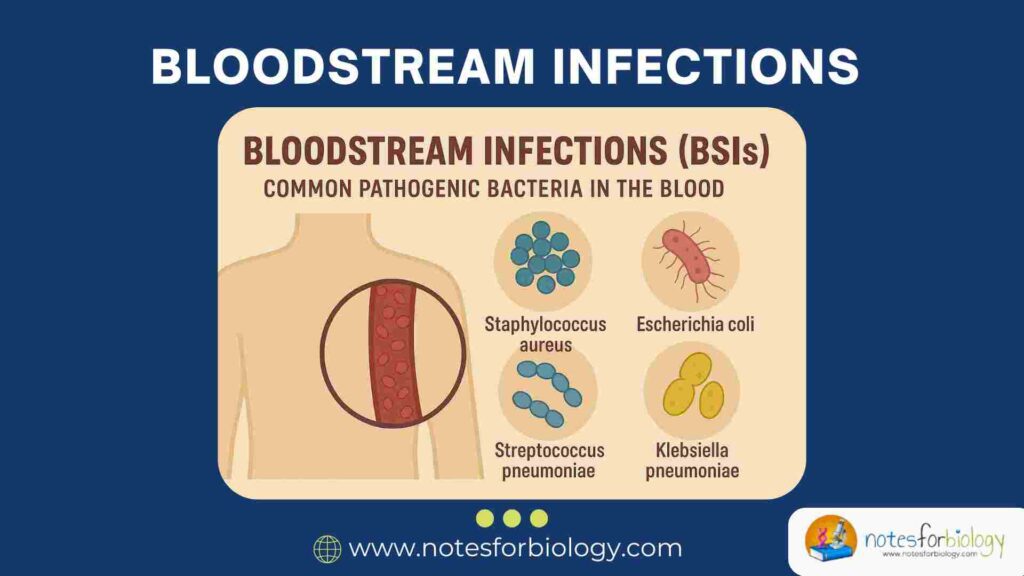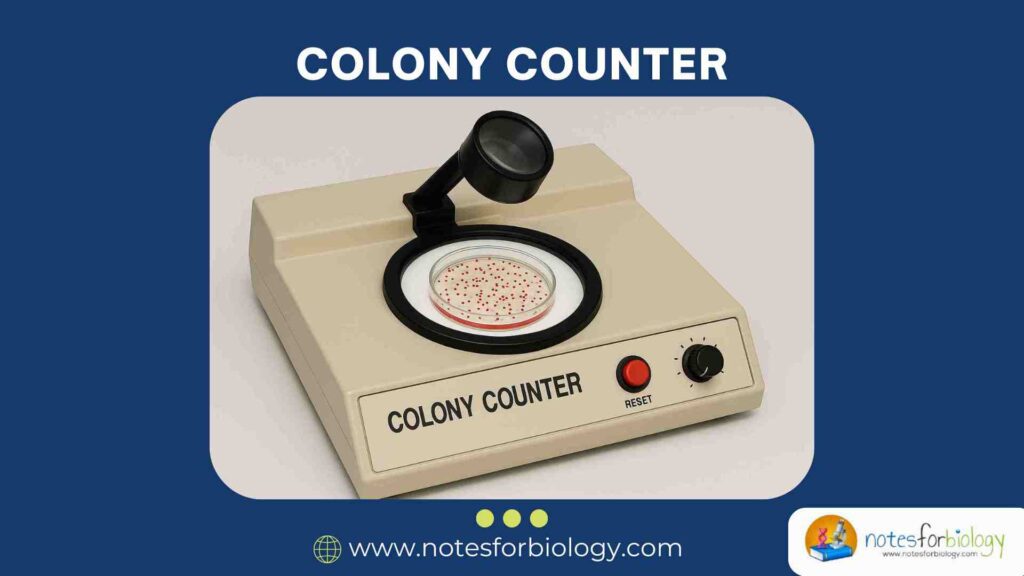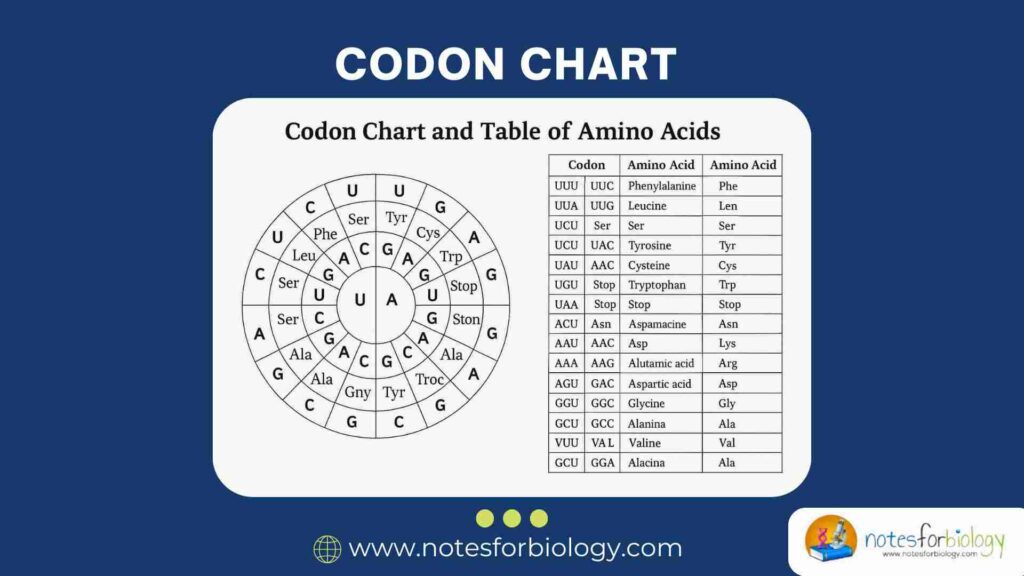Complement Fixation Test- Principle, Procedure, Results, Types
Serological tests remain one of the most important tools in immunology for detecting the presence of antibodies or antigens within a patient’s serum. These diagnostic tests help confirm exposure to infectious agents, monitor disease progression, and evaluate immune responses. Among the various serological techniques available, the complement fixation test (CFT) holds historical and clinical significance. […]
Complement Fixation Test- Principle, Procedure, Results, Types Read More »










